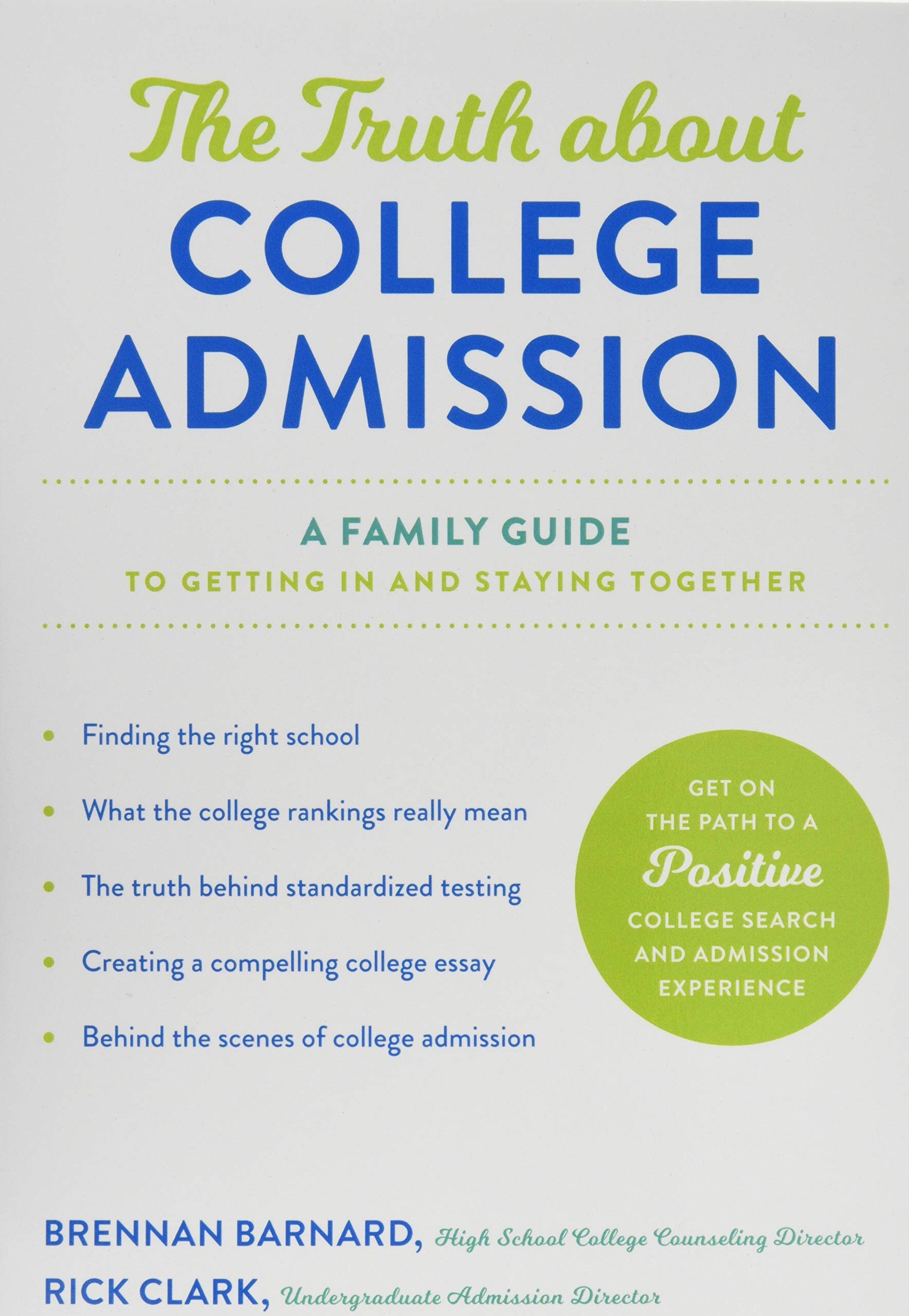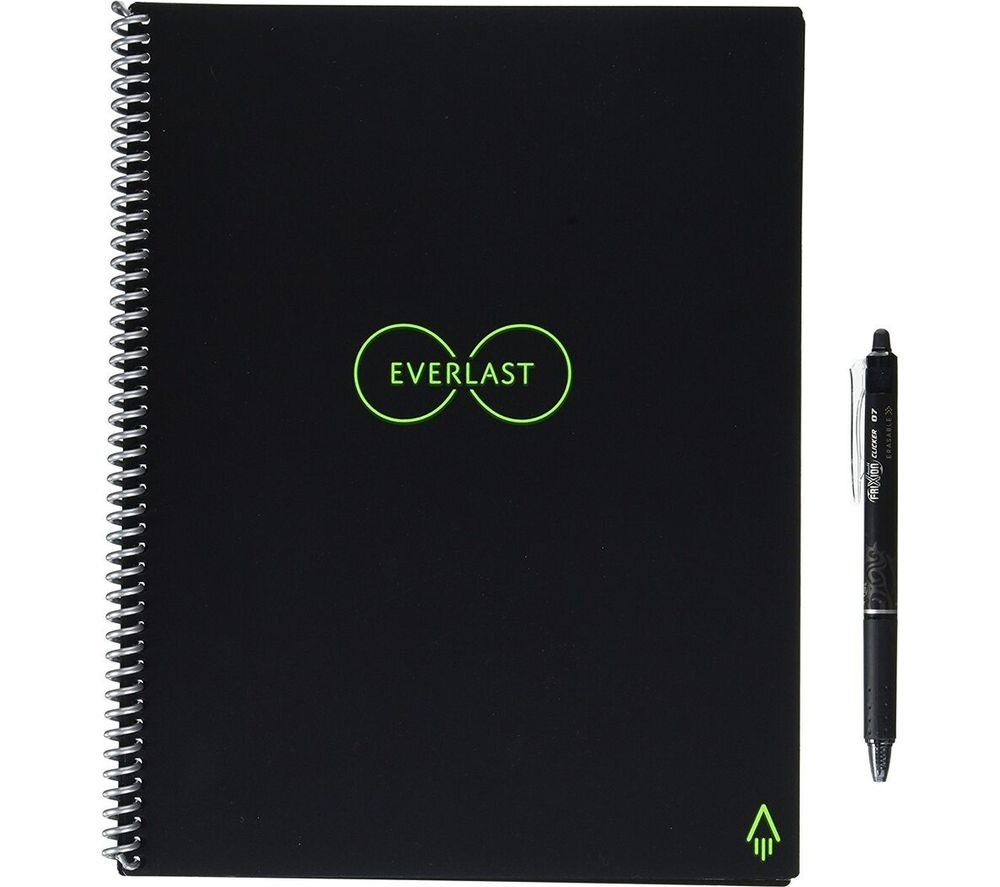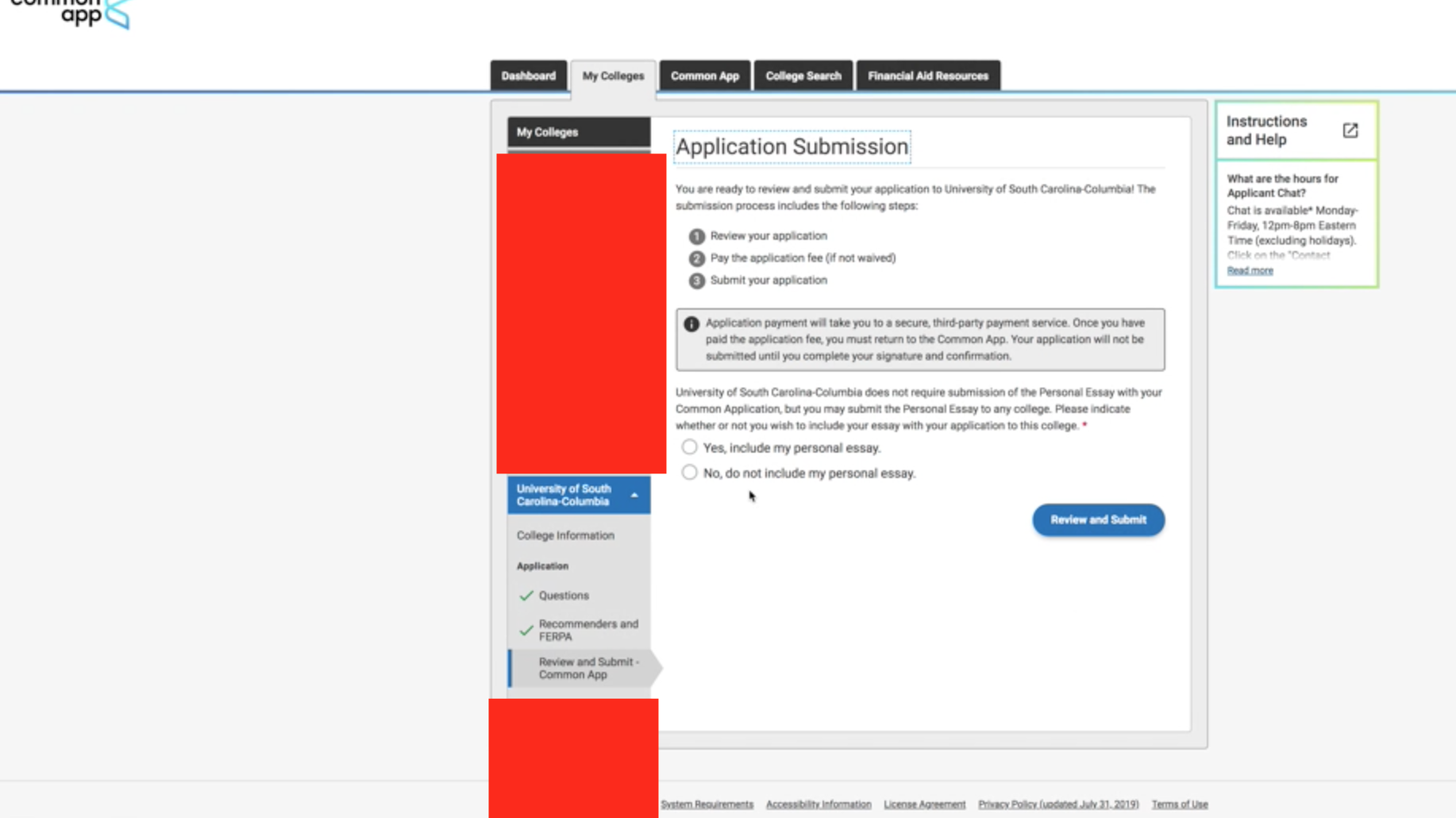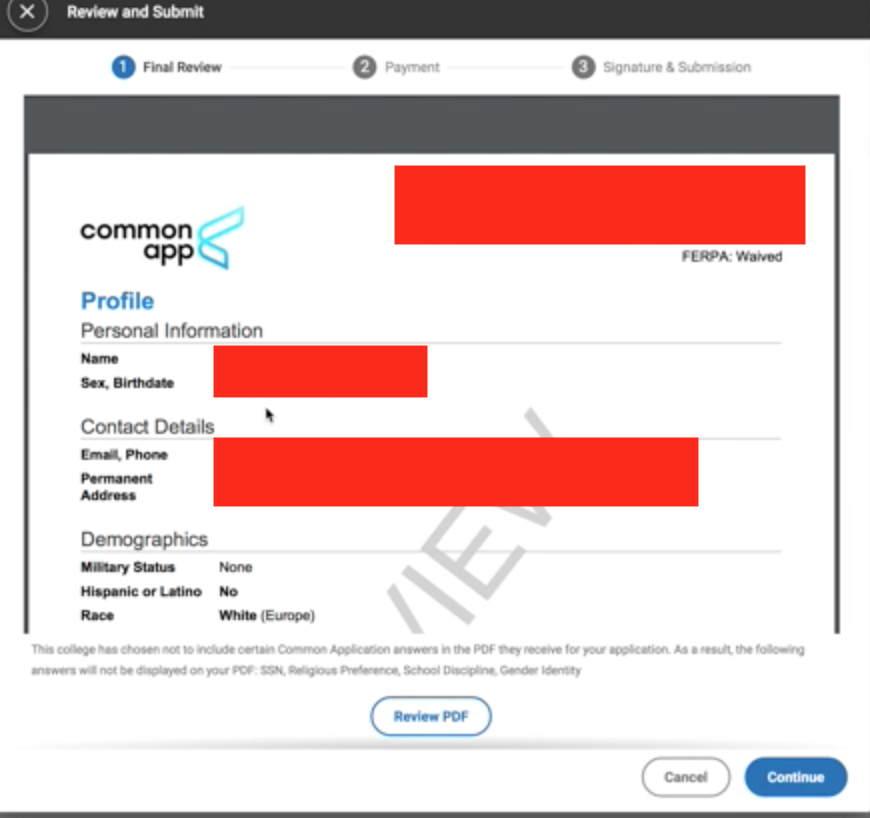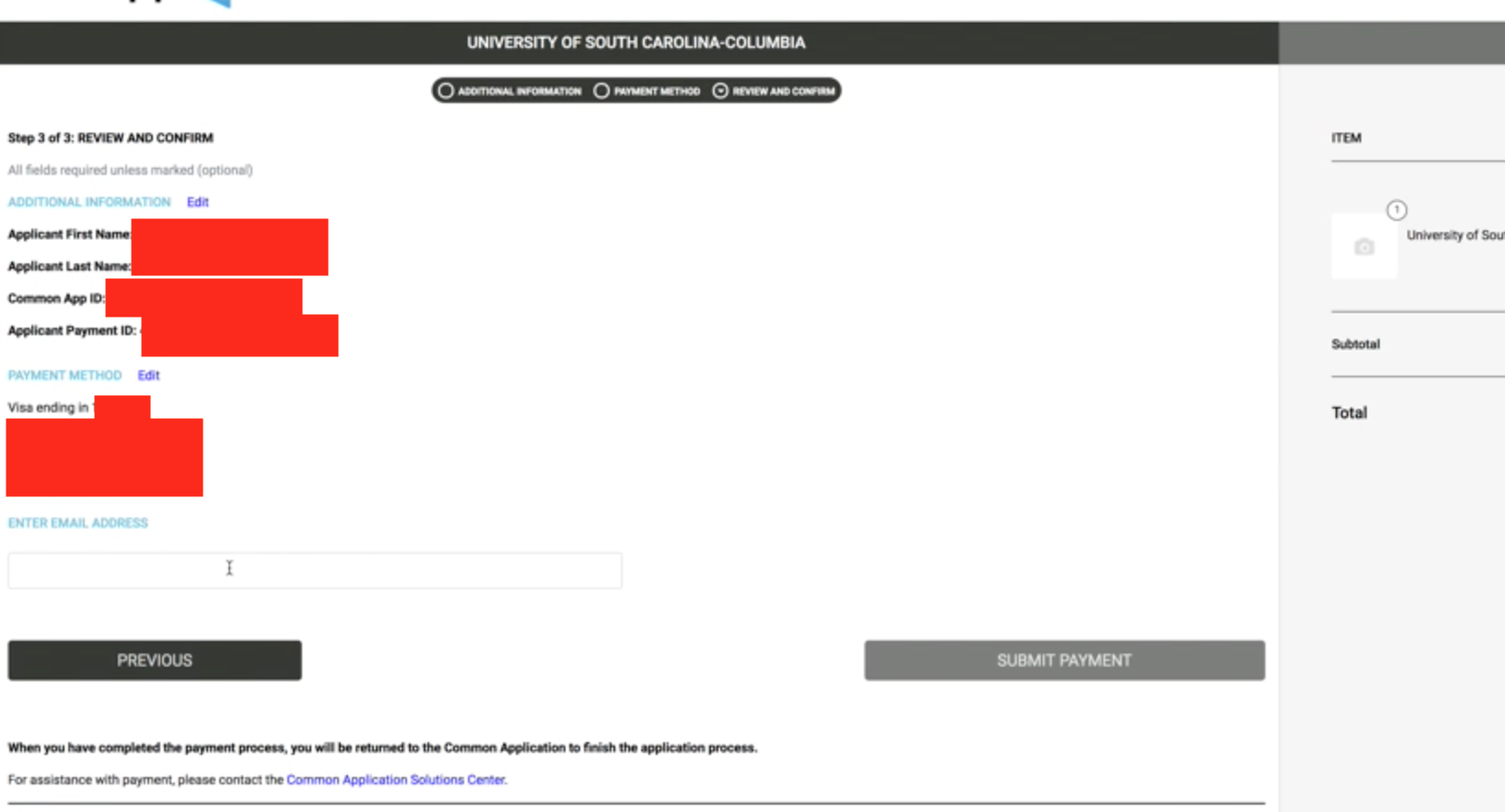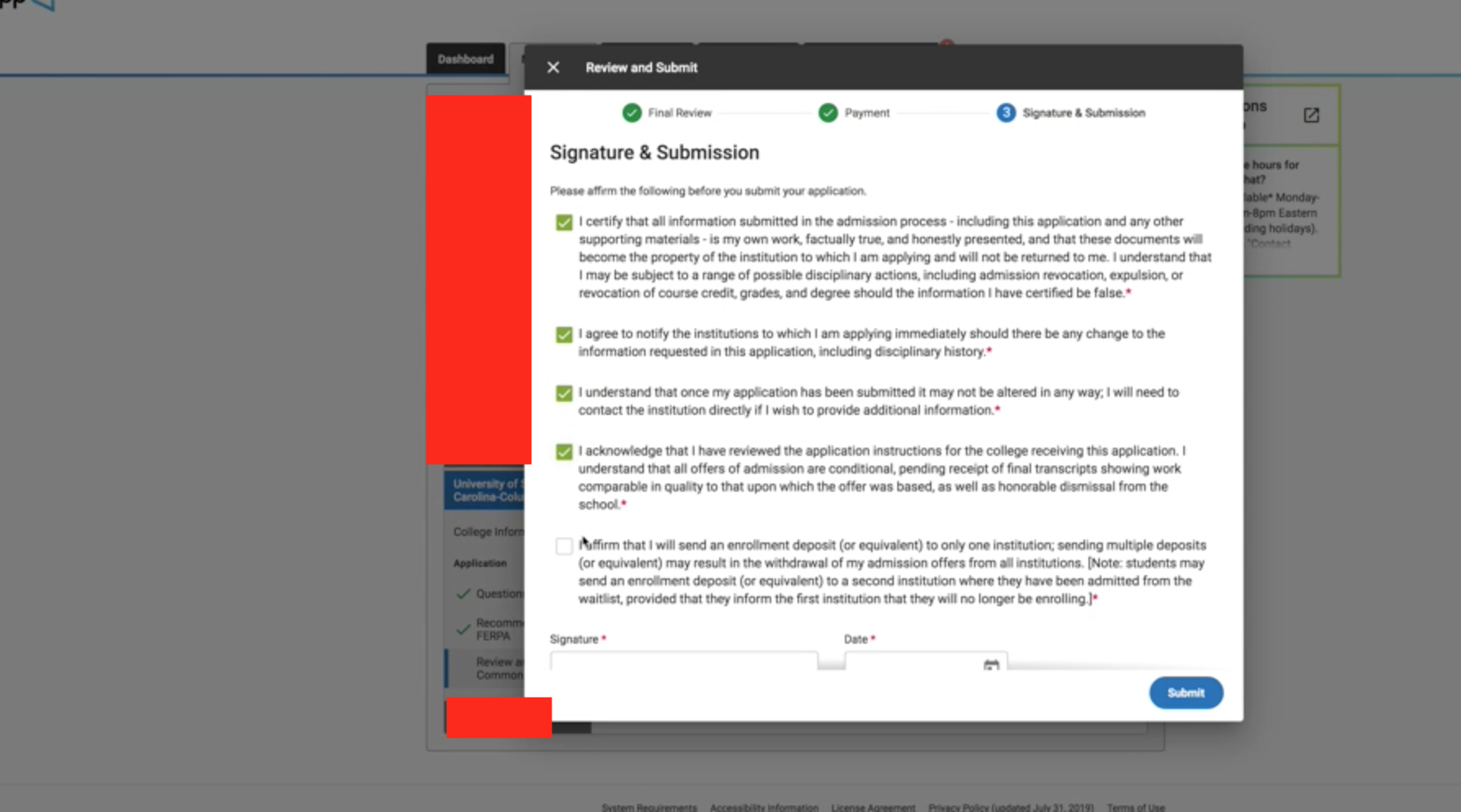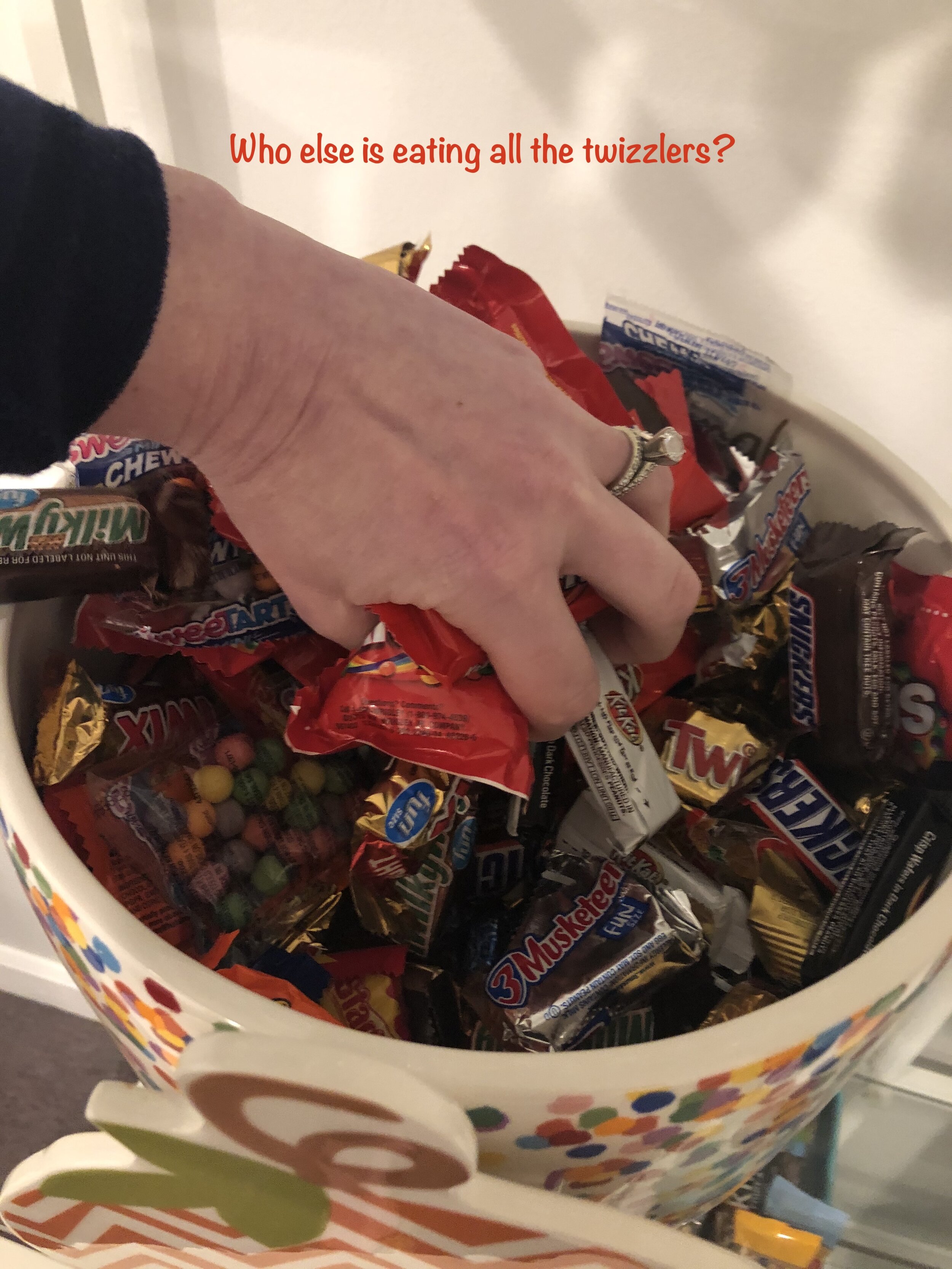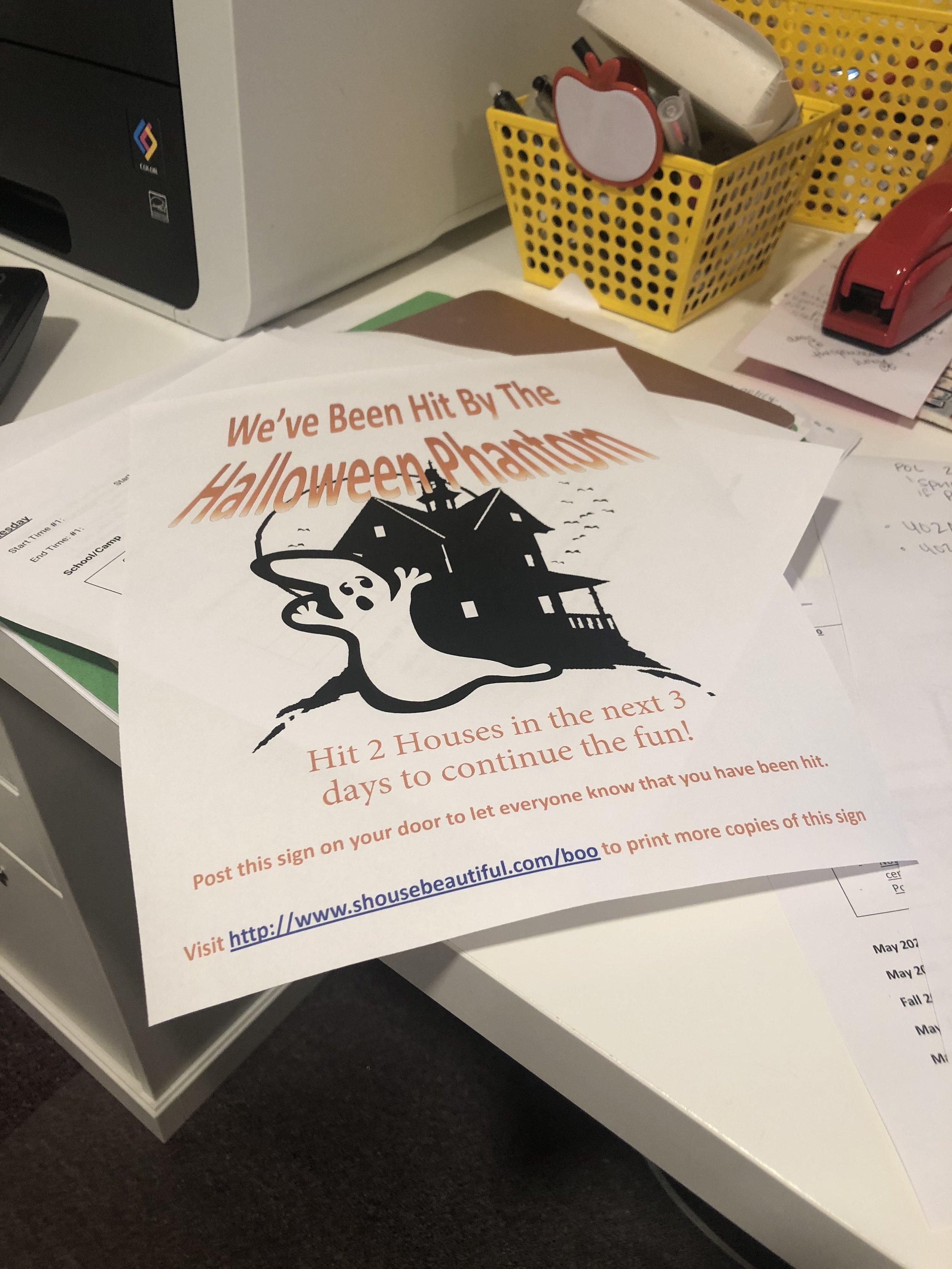Looking for some face time with admissions officers? Check out these upcoming events in our local area!
Exploring College Options Recruitment Program
When: Monday, September 9 from 7:00 PM until 9:00 PM
Where: The Westin Richmond
6631 West Broad Street
Richmond, VA 23230
Event Description: Exploring College Options is a special recruitment program sponsored by the undergraduate admissions offices of five of the country's leading universities: Duke University, Georgetown University, Harvard University, the University of Pennsylvania, and Stanford University.
Click here for additional event details, including registration, arrival information, and directions.
Beyond the Numbers: Breaking Down Highly Selective Admissions (Tufts) - Washington, DC
When: Sunday, September 22, 2019 from 2:00 PM until 4:00 PM
Where: Washington Marriott at Metro Center
775 12th St NW
Washington, DC 20005
United States
Event Description: Please join Joseph Duck, Dean of Admissions and Sayaka Smith, Assistant Director of Admissions for a look inside a selective college admissions process. Insight into how and why admissions decisions are made will be revealed during this interactive workshop. Please consider joining us! The event is open to students, parents and guidance counselors.
Click here for registration and directions.
The Oberlin Preview
When: Sunday, September 22, 2019 from 3:00 PM until 4:30 PM
Where: Bethesda Marriott
5151 Pooks Hill Rd
Bethesda, MD 20814
United States
Event Description: The Oberlin Preview is an opportunity to learn more about the distinctive features of our school. Come and learn more about the academic community, the musical and artistic atmosphere, the commitment to sustainability, and the passion our students and alumni have for changing the world.
Click here for registration and directions.
Oxford University Information Session
When: Tuesday, September 24, 2019 from 6:30 PM until 10:30 PM
Where: Washington International School
3100 Macomb St NW
Washington, DC 20008
Event Description: This free information session for students, parents, teachers and guidance counselors will be delivered by Alice McCallum, Student Recruitment Officer (UK & North America) from the University of Oxford's Undergraduate Admissions Office.
In this session we will cover applying to Oxford, as well as outlining some of the distinctive features of the teaching and learning environment offered by the university. Oxford is the top university in the world according to the Times Higher Education World Rankings 2018-19 and therefore entry to this institution is competitive. This presentation will include detail on every aspect of the application process including, course choice, entrance requirements, admissions tests and interviews. This session will not cover graduate programs at the university.
The session is aimed at those considering undergraduate study at Oxford, and will be most relevant to those who intend to start their studies in Autumn 2020 or 2021, although younger years are welcome. We warmly welcome teachers, guidance counsellors, and parents/guardians to attend too.
Click here for registration and directions.
NYU Information Session
When: Saturday, September 28, 2019 from 11:00 AM until 1:00 PM
Where: NYU Washington, DC
1307 L St NW
Washington, DC 20005
United States
Event Description: Each year, NYU Admissions goes on a world tour. We visit dozens of cities so prospective students can learn more about what our three campuses have to offer. Join your regional admissions representative, Joal Chen, for a special presentation specific to NYU. At these receptions, you can talk with your admissions officer and staff and learn about academic programs, student life, and the benefits of living and learning at a truly global university.
Click here for registration and directions.
VCUarts National Portfolio Day
When: Saturday, October 5, 2019 from 9 AM until 5 PM (Click here to view the event schedule)
Where: Fine Arts Building
1000 West Broad Street
Richmond, VA 23284
and
The Depot
814 West Broad Street
Richmond, VA 23284
Event Description: If you are a high school or college student interested in applying to an art school for fine arts or design, then National Portfolio Day is for you! Representatives from the nation’s leading art colleges and universities accredited by the National Association of Schools of Art and Design will travel to VCUarts to review your artwork, discuss your educational and professional goals, and share information on art programs, careers, admissions, and financial aid and scholarships. This event is free and open to the public.
Click here for additional event details, including the list of participating schools, contact information, and event schedule.
Harvard, Princeton, UVA, Wellesley, Yale Information Session in Washington, DC
When: Wednesday, October 9, 2019 at 7:00 PM
Where: Renaissance Washington, DC Downtown Hotel
999 9th St NW
Washington, DC 20001
United States
Event Description: William Fitzsimmons, Dean of Admissions at Harvard; Karen Richardson, Dean of Admissions at Princeton; Gregory Roberts, Dean of Admissions at UVA; Joy St. John, Dean of Admissions at Wellesley; and Jeremiah Quinlan, Dean of Admissions at Yale will discuss academic programs, campus life, selective college admissions and financial aid. Please bring your friends and family.
Click here for registration and directions.
2019 Fairfax County Public Schools College Fair
When: Sunday, October 20, 2019 from 7:30 PM until 9:30 PM
Where: Fair Oaks Mall
Fairfax, VA 22033
Click here for directions.
2019 Fairfax County Public Schools College Night
When: Monday, October 21, 2019 from 7 PM until 9 PM
Where: Hayfield Secondary School
7630 Telegraph Rd.
Alexandria, VA 22315
Event Description: 2019 College Night Workshops, Hayfield Secondary School
The following list includes some of the workshops that might be available:
Considerations in the College Search Process and Beyond for Students with Disabilities
Dual Enrollment: Earning College Credits in High School
Earning a Degree Abroad
Funding College for Underclassmen
Helping Teens with Mental Health and Wellness as They Transition to College
National Collegiate Athletic Association (NCAA)
Scholarships 101
The Common Application and The Coalition
The SAT and ACT: Their Role in the College Application Process
Tulane University Tysons Corner Information Session
When: Tuesday, October 22, 2019 from 7:00 PM until 8:30 PM
Where: Tysons Corner Marriott
8028 Leesburg Pike
Tysons, VA 22182
Event Description: Meet Tulane admission counselors when they come to you! Tulane hosts several receptions in cities throughout the country for any interested students and their families each fall.
Click here for registration and directions.
Greater Washington, DC National College Fair
When: Sunday, October 27, 2019 from 1:00 PM until 4:00 PM
Where: Walter E. Washington Convention Center
Exhibit Hall C
801 Mt Vernon Pl NW
Washington, DC 20001
Phone: 202-249-3000
Click here for registration, list of participating schools, and directions.
DC National Portfolio Day
When: Saturday, November 2, 2019 from 1:00 PM until 5:00 PM
Where: The Art & Design Building
4515 Patriot Circle
Fairfax, VA 22030
Event Description: If you are a high school or college student interested in applying to an art school for fine arts or design, then National Portfolio Day is a great resource for you. Representatives from the nation’s leading art colleges and universities accredited by the National Association of Schools of Art and Design will travel to the George Mason University School of Art to review your artwork, discuss your educational and professional goals, and share information on art programs, careers, admissions, and financial aid and scholarships. This event is free and open to the public.
Please note: Admissions decisions and scholarship awards will not be offered at National Portfolio Day. Some colleges may accept your portfolio as the visual portion of your application while others have policies which prohibit making an admissions decision at the time of your review. We recommend speaking to and having your work reviewed by as many representatives as possible.
Click here for additional event details, including pre-registration, list of participating schools, contact information, and event schedule.
